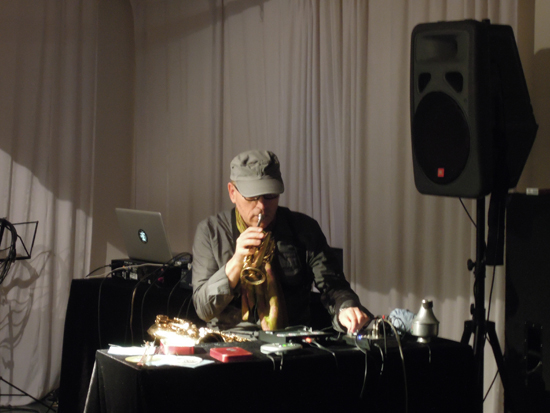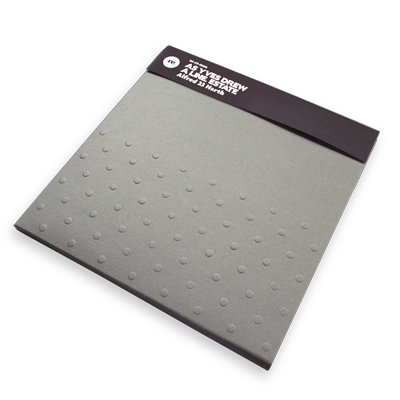|
Review of Alfred 23 Harth’s As Yves Drew A Line. Estate by JazzWordBy Ken Waxman for JazzWord. “…expanding the sonic contributions that result from his skill at playing multiple instruments, German-born, Seoul-based Alfred 23 Harth creates a 21-track showcase on As Yves Drew A Line. Estate – meaning or references unclear – which meld his playing of overdubbed instruments, electronic impulses with the insertion of previously recorded music. …with a multitude of tracks to choose from…he’s able to escape excess studio-ism. For instance “Book Seven. Ornament” and “Top Floor Icosahedron. Open Delay” which follow one another make notable use of electronic processing. It’s also clear that the sound variants expressed through wow and flutter and melded with field recordings there are the result of strident improvisations exposed on the first track. Furthermore, irregular vibrations from harmonized alto saxophone and bass clarinet plus guitar string squeezes suggest the innovative textures were initially created not processed.
Additionally, the extended “Cityone. Shanti” promises not tramquil bliss as the title would suggest, but guided polyphony where acoustic and electronic impulses exist in anarchistic conflict. With tones variously suggesting small animal cries, backwards flanges and harsh judders plus what would happen if seagull calls were melded with a brass band then strained through a glass armonica, the textures are distinctive enough. Plus with enough space – many of the other tracks time out in the one or two minute length – the track eventually reaches a satisfactory climax and coda, with the resonating drone and mellotron-like vibrating calming the narrative to a satisfying definition. Throughout the remainder of the disc other sounds intermittedly bob to the surface of the ear canal, including those that resemble balloon-latex stretching, layered reed tones from chalumeau to dog-whistle, or rough metal scrapping aiming to be made musical. Nevertheless each piece seems stamped with the experimental tag…” Read the full review at JazzWord. |



